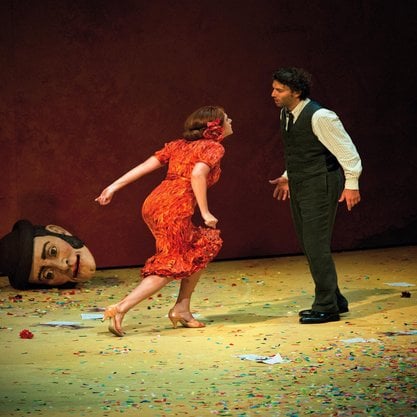Article
Celtic Revival By Weihman, Lisa
Article
The Celtic Revival was a late-nineteenth-century resurgence of interest in Celtic history, languages and myths that crossed through many disciplines, most notably cultural anthropology, art history and literature. The Celtic Revival was most influential in Ireland, where it inspired the formation of the Gaelic Athletic Association (GAA; Cumann Lúthchleas Gael) in 1884, which was dedicated to the recovery of ancient Irish sports. In 1893, Douglas Hyde (1860–1949) helped to establish the Gaelic League (Conradh na Gaeilge) in order to preserve the Irish language and promote Irish culture. The Celtic Revival is also associated with the Irish Literary Revival. The latter, which covers the renaissance of Irish literature and poetry that took place in the late nineteenth and early twentieth centuries, is also referred to as the ‘Celtic Twilight’, a term borrowed from the title of William Butler Yeats’s (1865–1939) 1893 volume. Inspired by the poetry of Thomas Moore (1478–1535), James Clarence Mangan (1803–1849) and Samuel Ferguson (1810–1886), as well as by the folktales published by Standish James O’Grady (1869–1928), Yeats established both the Irish Literary Society in London and the National Literary Society in Dublin in 1892. In 1899, Yeats established the Irish Literary Theatre, which would become the Irish National Theatre Society at the Abbey Theatre in Dublin in 1904.




